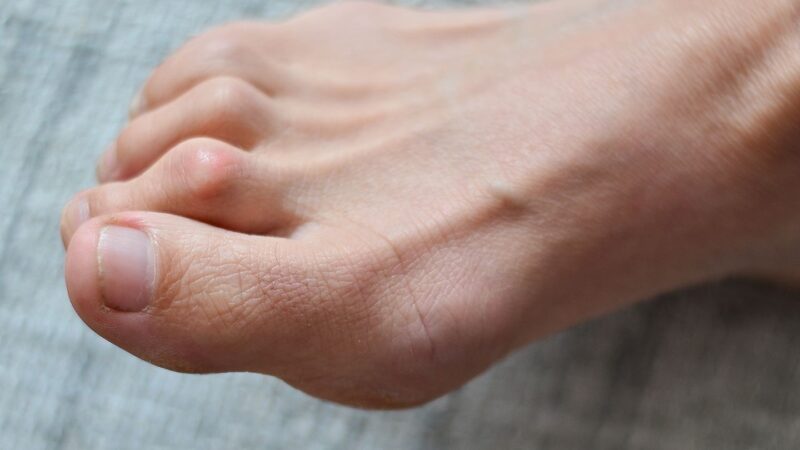Bunions are a common foot problem in the United States, affecting up to one-third of the adult population. They are bumps that usually form on the side of the big toes joint due to frequent pressure that eventually causes your big toe to lean forwards to the tiny toes. It may not be seen as a severe problem, but bunions can be painful and cause discomfort when wearing shoes. Although you may not need medical treatment for bunions, sports medicine New York can help relieve symptoms such as soreness and swelling. Fortunately, you don’t have to wait until you develop bunions to seek treatment. The following are measures to help prevent bunion formation.
Limit how often you wear high-heels
High heels can make you look and feel good, but it is essential to realize that they put a lot of pressure on your big toe joint. If you can, trade those heels in favor of supportive flats. However, if you are not quite ready for the change, consider wearing them less often. Also, try to keep your heels under two inches to reduce pressure. You can also look at adding other types of shoes, such as block heels and wedges since they evenly distribute weight.
Ensure your shoes are the right size and fit
It may seem obvious but having the right fit for your shoes is essential for bunion prevention. If you wear small shoes, your toes rub on each other, contributing to bunions development. The best shoes should have instant comfort, meaning that you should not feel pinching or rubbing when you slip your feet into a pair of shoes. Avoid breaking in a pair of shoes since it puts stress on your feet, and even after wearing them for a while, they still might not be a proper fit. For this reason, you should always shop with comfort in mind.
Your shoes should also be the correct width and length for your foot. Avoid tight and pointy shoes that can’t accommodate your instep. While purchasing shoes, look for those with broad toe boxes and soft soles for cushioning and support.
Rest your feet
You use your feet a lot, so they deserve the same amount of relaxation. If you have been standing for a while, consider getting off your feet to release tension and pressure. You can also take off your shoes in the middle of the day or change to sandals to give your feet room to breathe. Even if your shoes are a perfect size and fit, the above is essential.
Pay attention to changes in your feet

Bunions develop gradually, so it is essential to monitor your feet for any changes to help you identify subtle signs earlier. You can tell a bunion is forming if you notice swelling, pain, and redness in the big toe joint. Whether the signs are subtle or advanced, do not hesitate to seek help from a podiatrist to help you relieve bunion pain.
A good pair of shoes is one of the best places to start with, whether you are preventing bunions or preventing them from worsening. Rest, exercise, and monitoring your feet go a long way toward keeping your feet healthy.
For further questions about bunions, consult with your doctor at Flex Foot and Ankle PLLC.


